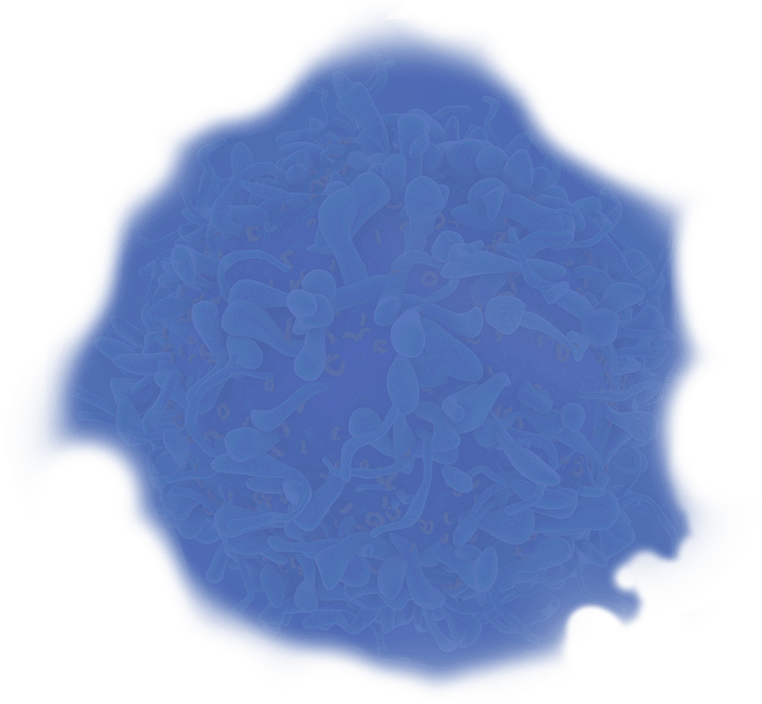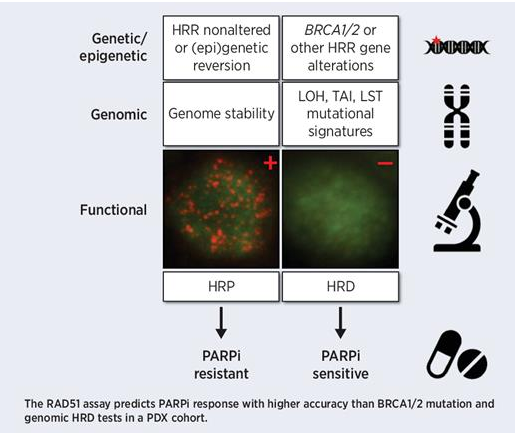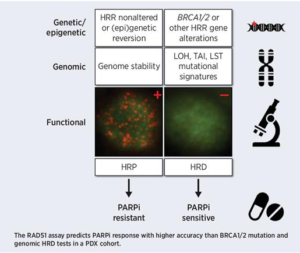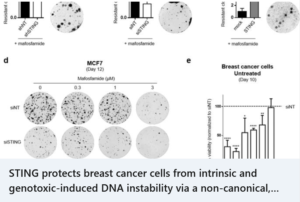Publications | 04.15.22
Preclinical In Vivo Validation of the RAD51 Test for Identification of Homologous Recombination-Deficient Tumors and Patient Stratification
PARP inhibitors (PARPi) are approved drugs for platinum-sensitive, high-grade serous ovarian cancer (HGSOC) and for breast, prostate, and pancreatic cancers (PaC) harboring genetic alterations impairing homologous recombination repair (HRR). Detection of nuclear RAD51 foci in tumor cells is a marker of HRR functionality, and we previously established a test to detect RAD51 nuclear foci. Here, we aimed to validate the RAD51 score cut off and compare the performance of this test to other HRR deficiency (HRD) detection methods. Laboratory models from BRCA1/BRCA2-associated breast cancer, HGSOC, and PaC were developed and evaluated for their response to PARPi and cisplatin. HRD in these models and patient samples was evaluated by DNA sequencing of HRR genes, genomic HRD tests, and RAD51 foci detection. We established patient-derived xenograft models from breast cancer (n = 103), HGSOC (n = 4), and PaC (n = 2) that recapitulated patient HRD status and treatment response. The RAD51 test showed higher accuracy than HRR gene mutations and genomic HRD analysis for predicting PARPi response (95%, 67%, and 71%, respectively). RAD51 detection captured dynamic changes in HRR status upon acquisition of PARPi resistance. The accuracy of the RAD51 test was similar to HRR gene mutations for predicting platinum response. The predefined RAD51 score cut off was validated, and the high predictive value of the RAD51 test in preclinical models was confirmed. These results collectively support pursuing clinical assessment of the RAD51 test in patient samples from randomized trials testing PARPi or platinum-based therapies.
Significance: This work demonstrates the high accuracy of a histopathology-based test based on the detection of RAD51 nuclear foci in predicting response to PARPi and cisplatin.






